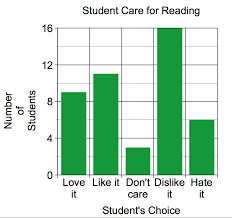Arts & Humanities
PHD Dissertation
- Gender Equality of Women in Sport
- Overview of Media and Technology in Society
- Impact of Literacy on Student Readiness in Mathematical Concepts
- Challenges in Development of Vaccine for HIV/AIDS
- Urban Geography and Governance in Rio de Janeiro
- Climate change impacts on marine ecosystems
- Current Practice in the Juvenile Justice System
- Importance of Manipulative in Teaching Elementary Mathematics
- A Case Study on Linguistic Complexity Analysis
Impact of Literacy on Student Readiness in Mathematical Concepts
In the typical mathematics classroom, literacy is not often the first priority. Instead one focuses on manipulatives, worksheets, demonstrations, and inquiry based learning. However, there are many ways reading can be used in developing math skills and understanding. A student has to be able to read the directions, interpret their meaning, and solve the problem. Students who cannot read fluently or with full comprehension may not be able to fully understand or retain the material within the textbook. The student must correctly interpret a math problem in order solve the problem. Literacy skills are crucial for this reason. Whether the solution is brief or complicated, some students balk at “word” problems. Perhaps literacy skills are the issue in some of these situations.

Fig.1. Learning Readiness of Students in Mathematical Concepts
Therefore, it is important for teachers to assess students’ literacy skills so they can so they can differentiate instruction and providing alternative delivery method, if needed. If students aren’t able to follow written instructions or complete assignments based on literature, remediation of basic reading skills may be necessary to improve their understanding. The same is true in the science classroom. However, reading in the math classroom and reading in the science classroom require different application of these skills. One needs to be able to utilize disciplinary literacy in both these instances. Disciplinary literacy is the use of different methods of reading to understand different styles of content. A good example of this would be to read a work of fiction then try to use the same technique to read a newspaper article. One simply cannot read the two as if they were the same. Students are not immediately able to understand how to read differently in mathematics or science. They need to be shown with care how to read a word problem to find the clues necessary to solve it.
